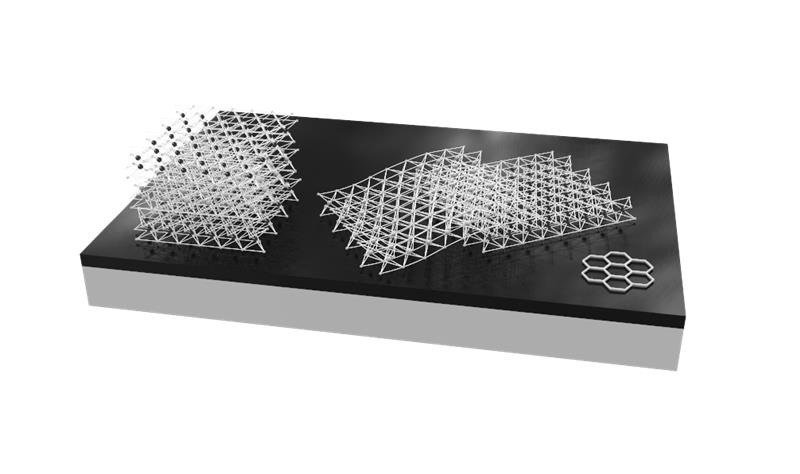


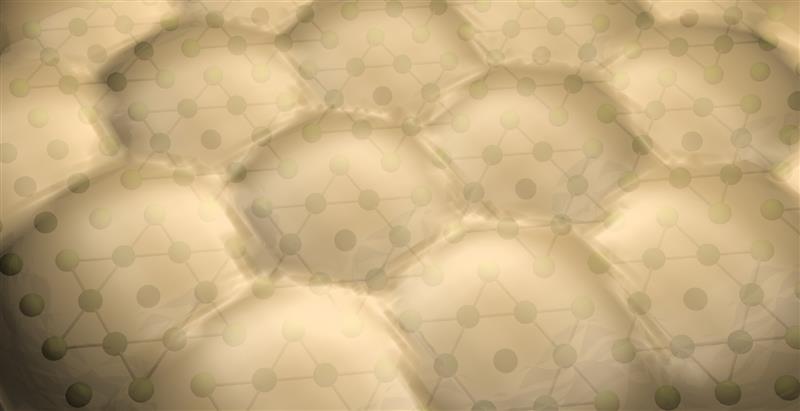

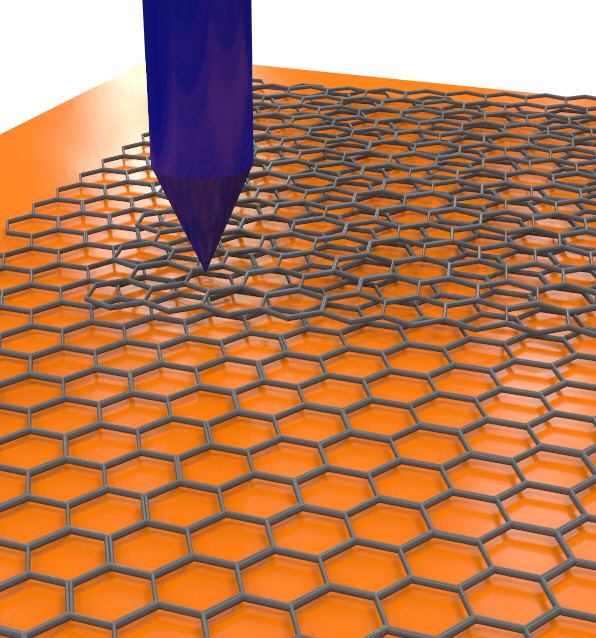
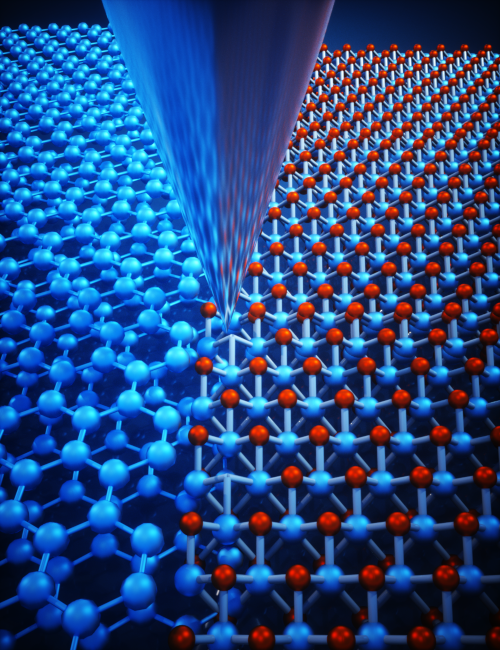
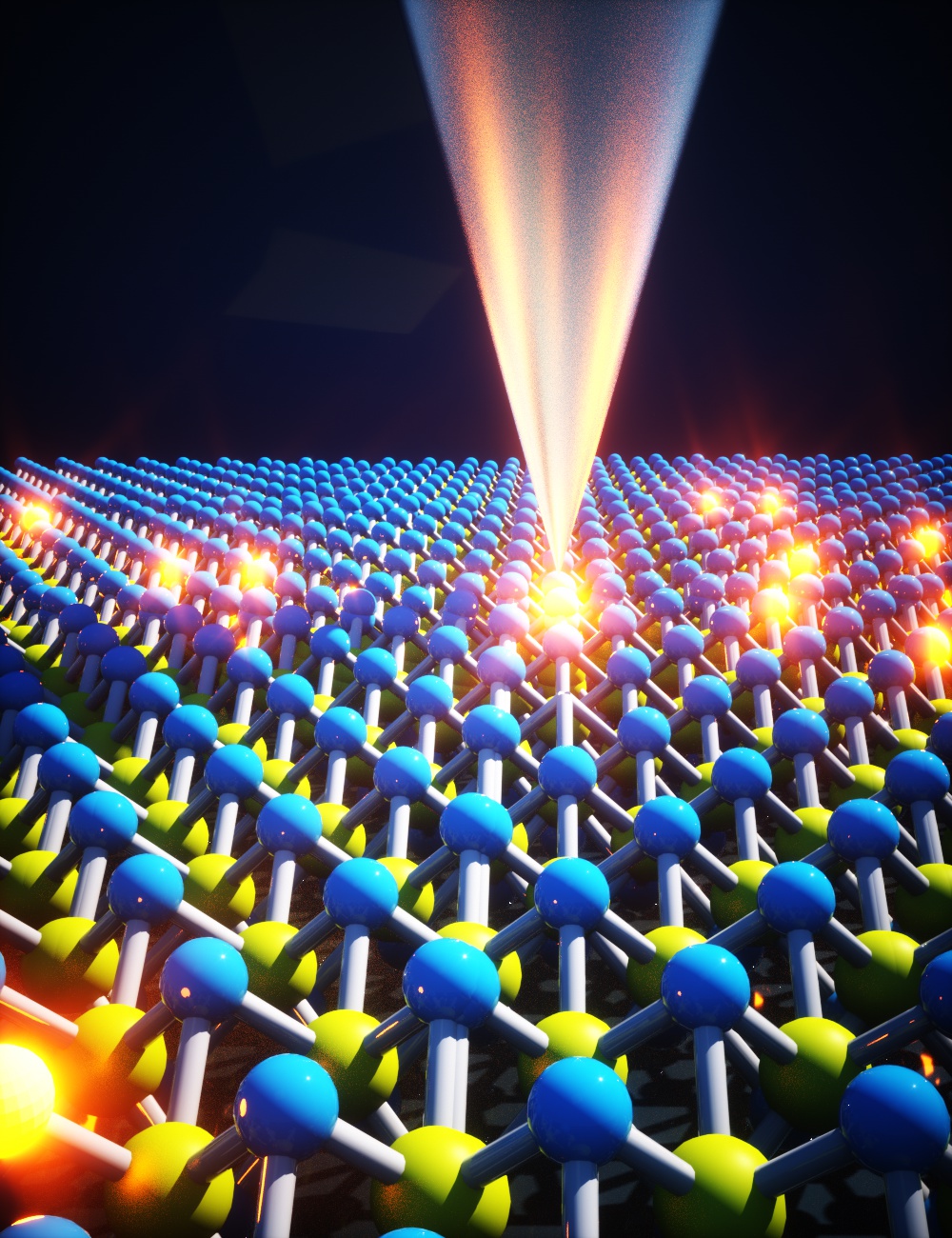

Welcome to our lab at the University of Ottawa!
About us
Innovative technologies have a history of capitalizing on the discovery of new materials and novel physical phenomena associated with them. In order to better understand and control the properties of quantum materials so we can use them to our advantage, we must develop experimental tools to probe and manipulate electrons and their interactions at the atomic scale. Our research seeks to understand the fundamental properties of materials by using scanning probe microscopy to visualize the structure and electronic properties of quantum matter at the scale of individual atoms. This will enable next-generation quantum technologies such as powerful computers and unhackable communications.
À propos de nous
Les technologies innovantes se fondent habituellement sur la découverte de nouveaux matériaux et de phénomènes physiques inédits connexes. Pour mieux comprendre et maîtriser les propriétés des materiaux quantiques et les mettre à profit, nous devons concevoir des outils expérimentaux permettant de sonder et de manipuler les électrons et leurs interactions à l’échelle atomique. Dans notre recherches, nous souhaitons comprendre les propriétés fondamentales des matériaux en utilisant la microscopie à sonde à balayage pour visualiser la structure et les propriétés électroniques de la matière quantique à l’échelle des atomes individuels. Cela permettra de mettre au point des technologies quantiques de prochaine génération, comme de puissants ordinateurs et des communications inviolables.
We are grateful to be supported by
